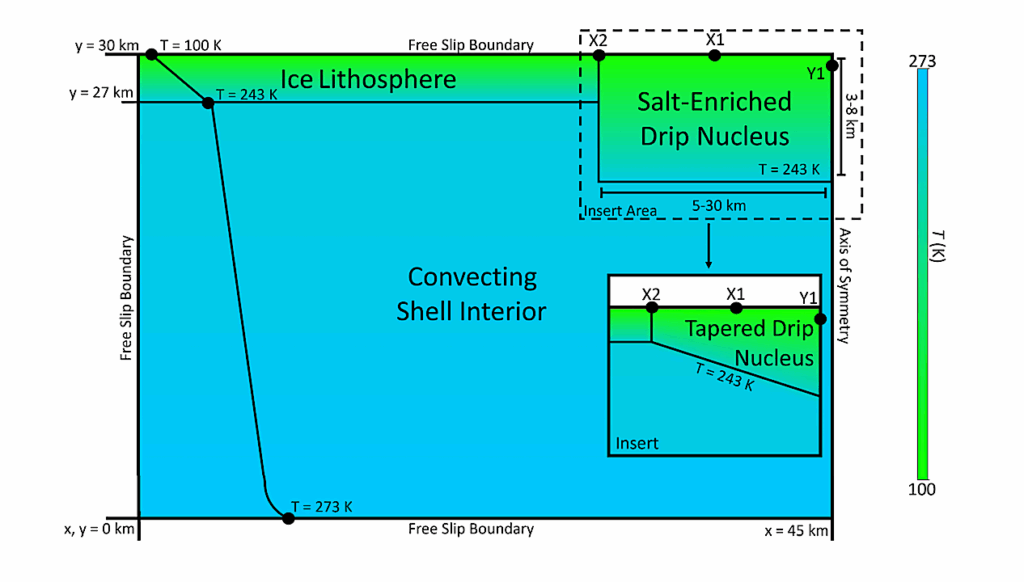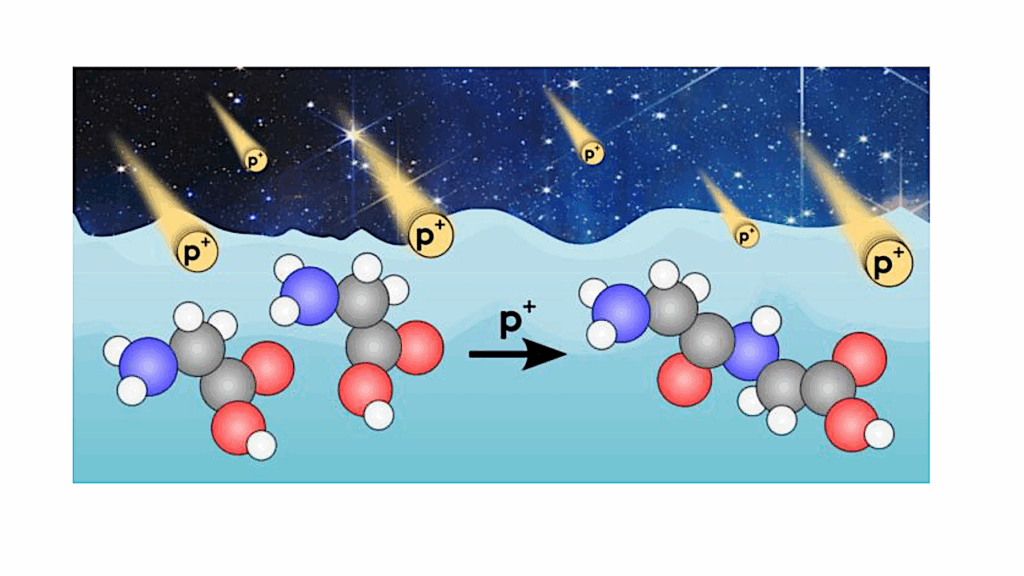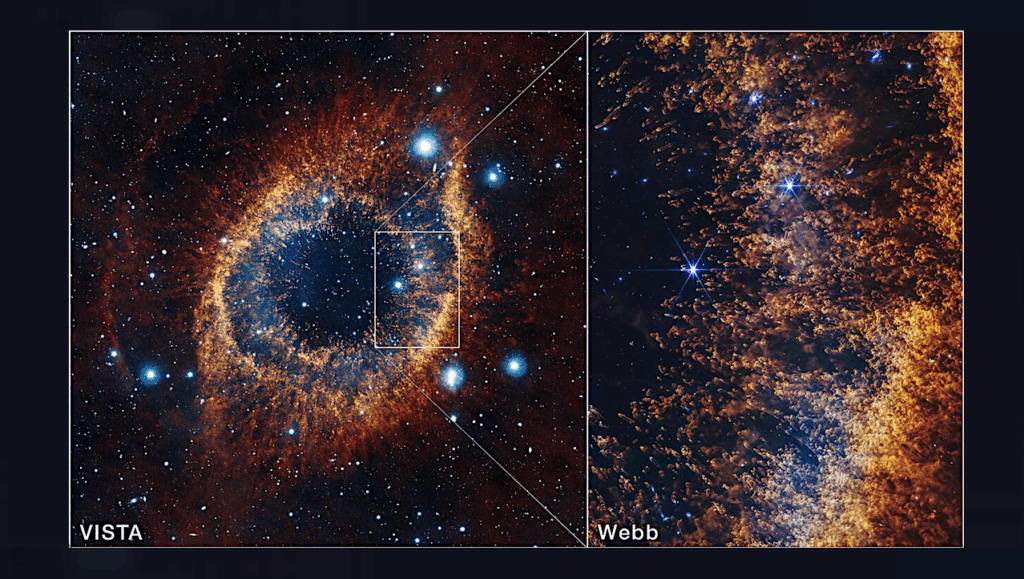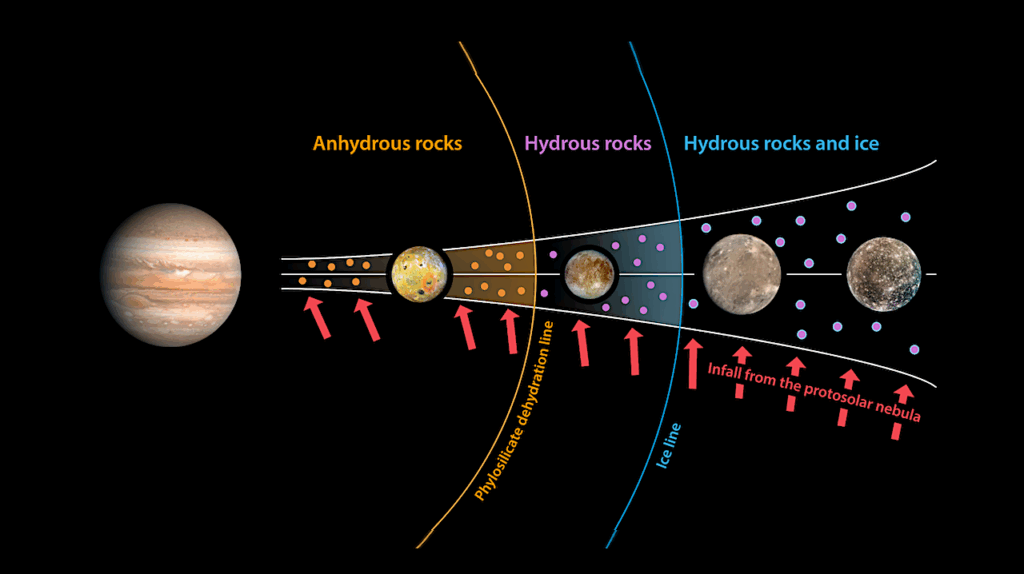JWST Observations of Young protoStars (JOYS+): Detection Of Icy Complex Organic Molecules And Ions. I. CH4, SO2, HCOO−, OCN−, H2CO, HCOOH, CH3CH2OH, CH3CHO, CH3OCHO, CH3COOH
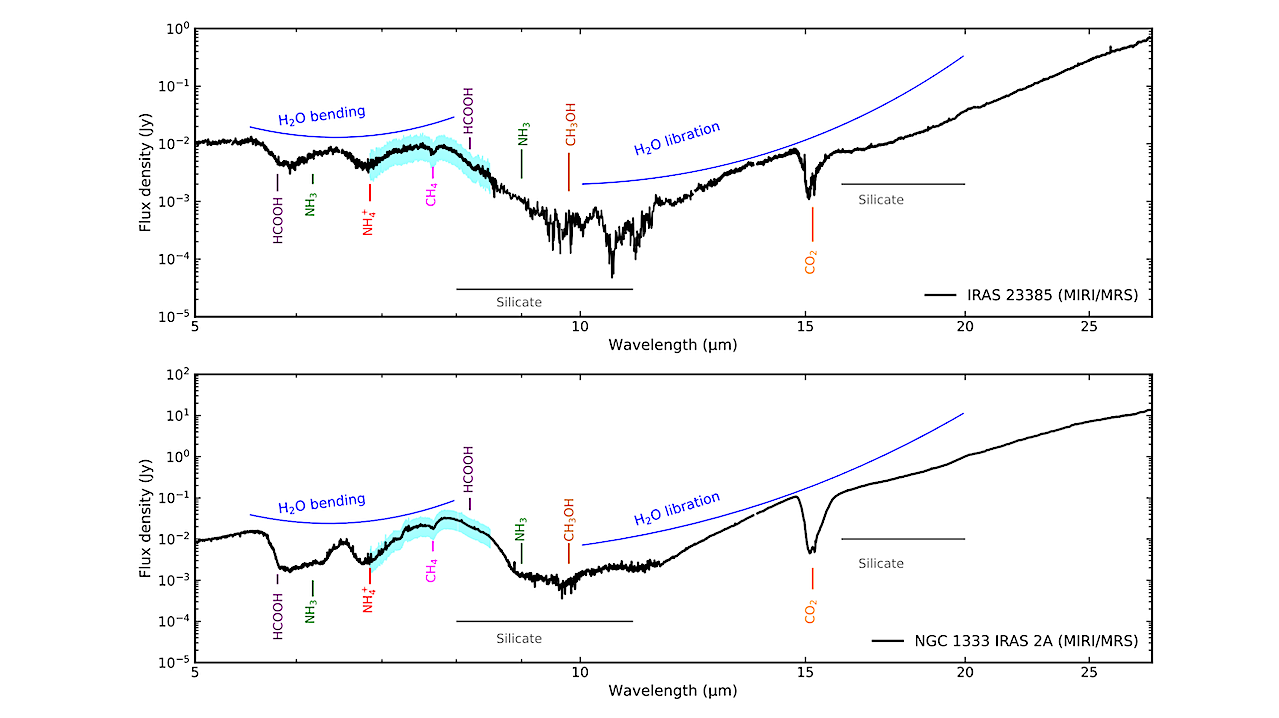
Complex organic molecules (COMs) detected in the gas phase are thought to be mostly formed on icy grains, but no unambiguous detection of icy COMs larger than CH3OH has been reported so far.
Exploring this matter in more detail has become possible with the JWST the critical 5-10 μm range. In the JOYS+ program, more than 30 protostars are being observed with the MIRI/MRS. This study explores the COMs ice signatures in the low and high-mass protostar, IRAS 2A and IRAS 23385, respectively. We fit continuum and silicate subtracted observational data with IR laboratory ice spectra. We use the ENIIGMA fitting tool to find the best fit between the lab data and the observations and to performs statistical analysis of the solutions.
We report the best fits for the spectral ranges between 6.8 and 8.6 μm in IRAS 2A and IRAS 23385, originating from simple molecules, COMs, and negative ions. The strongest feature in this range (7.7 μm) is dominated by CH4 and has contributions of SO2 and OCN-. Our results indicate that the 7.2 and 7.4 μm bands are mostly dominated by HCOO-. We find statistically robust detections of COMs based on multiple bands, most notably CH3CHO, CH3CH2OH, and CH3OCHO.
The likely detection of CH3COOH is also reported. The ice column density ratios between CH3CH2OH and CH3CHO of IRAS 2A and IRAS 23385, suggests that these COMs are formed on icy grains. Finally, the derived ice abundances for IRAS 2A correlate well with those in comet 67P/GC within a factor of 5. Based on the MIRI/MRS data, we conclude that COMs are present in interstellar ices, thus providing additional proof for a solid-state origin of these species in star-forming regions.
The good correlation between the ice abundances in comet 67P and IRAS 2A is in line with the idea that cometary COMs can be inherited from the early protostellar phases.
W. R. M. Rocha, E. F. van Dishoeck, M. E. Ressler, M. L. van Gelder, K. Slavicinska, N. G. C. Brunken, H. Linnartz, T. P. Ray, H. Beuther, A. Caratti o Garatti, V. Geers, P. J. Kavanagh, P. D. Klaassen, K. Justannont, Y. Chen, L. Francis, C. Gieser, G. Perotti, Ł. Tychoniec, M. Barsony, L. Majumdar, V. J. M. le Gouellec, L. E. U. Chu, B. W. P. Lew, Th. Henning, G. Wright
Comments: Accepted for publication in A&A
Subjects: Solar and Stellar Astrophysics (astro-ph.SR); Astrophysics of Galaxies (astro-ph.GA)
Cite as: arXiv:2312.06834 [astro-ph.SR] (or arXiv:2312.06834v1 [astro-ph.SR] for this version)
Submission history
From: Will Robson Monteiro Rocha
[v1] Mon, 11 Dec 2023 20:55:57 UTC (17,194 KB)
https://arxiv.org/abs/2312.06834
Astrobiology, Astrochemistry




